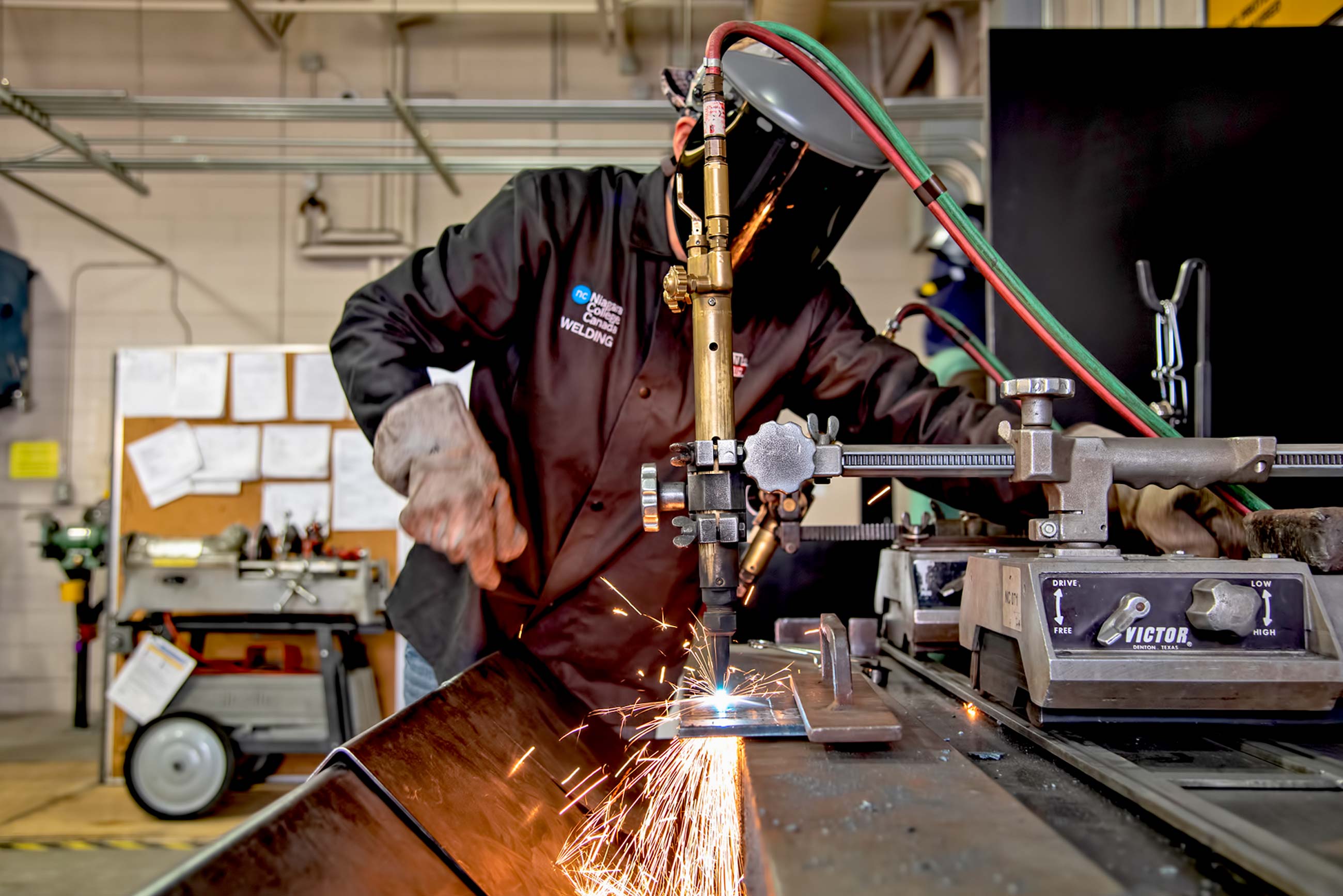04, Apr 2021

The welding technicians are the ones who build this scientist, and the engineers set the specifications and durability of this structure, so the operator needs a comprehensive study of welding to include the following:
- The possibility of excellent coordination between the eye and the movement of hands.
- How to deal well with tools and equipment.
- The possibility of knowing the theories of application of welding processes and various thermal cutting works
- How to read metal skeleton symbols and understand verbal terms.
- The possibility of working without the need to monitor supervisors.
- Has oral or written communication skills.
- Able to solve basic mathematical problems related to welding.
- He has the ability to work together with others or individually.
- The ability to read and interpret symbols and engineering welding drawings
- Has a background in dealing with programs and computers.
- To be always ready to work and to work in accordance with the rules of security and safety.
Principles and applications in the classroom of technical schools and colleges help guide students to prepare for a comprehensive study of the profession of welding to introduce students to a comprehensive basis for welding operations, supplies and equipment with a simplified explanation of the operations and their functions. However, the curricula do not provide descriptions of the process, practices and experiences associated with actual performance, the skills required for manufacturing, and the ventilation technique required at work, and the profession and training required for some difficult welding professions are not discussed.
Therefore, the role of the AWS, ISO, ASME, or national organizations in their country for education and training comes with the concept of non-profit organizations, which is based on the concept of partnership between the business sector, industry, community and technical colleges, welding associations and the government itself to promote the education of the welding profession and guide students to education, beginning with organizing Texts in books to include.
- General introduction to welding
- Security and safety instructions for welding operations
- Details of all operations
- Details of cutting operations.
- Definition of metals and minerals used in the welding industry.
- Fields related to mathematics and mathematical operations used in welding
- Weldability of materials
- Technical reading of engineering drawings
- Use of international welding symbols
- Various manufacturing methods.
- Design of joints, joints and welding joints.
- Tests and inspections of welded components
- Calculating costs and calculating the quantities of fillers deposited
- Process consumables
- The difference between the processes and some of them
- Many, many other things that you should discover for yourself.
Important engineering textbooks for National Societies focus and coordinate in (chapters) a specific process on actual welding techniques in various applications and situations with content from basic concepts and how to flexibly deal with the process itself, and once this technology is understood, the student can quickly master the tasks of the new welding process.
I personally at the site of the engineer’s mind took advantage of that and rewrote the topics so that all visitors benefit from studying the topics individually and in any order, so that all people can study the processes of their jobs and encourage them to study and learn more welding techniques so that they have greater job opportunities in the future.
All topics initially contain a summary and quick objectives that inform the learner about what should be studied with reference to the relevant links to allow the development of a full range of skills. With the enhancement of all topics with additional graphics to help the learner in addition to defining the main terms, generally if you have a suggestion to develop the user experience please tell me that in the comments